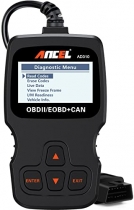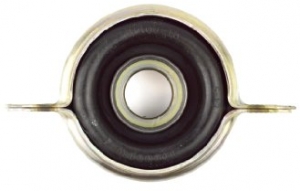-
Welcome to Tacoma World!
You are currently viewing as a guest! To get full-access, you need to register for a FREE account.
As a registered member, you’ll be able to:- Participate in all Tacoma discussion topics
- Communicate privately with other Tacoma owners from around the world
- Post your own photos in our Members Gallery
- Access all special features of the site
Stall after fill-up: required to replace charcoal can due to overfilling?
Discussion in '1st Gen. Tacomas (1995-2004)' started by fazeka, Oct 9, 2019.
Page 1 of 3
Page 1 of 3


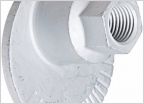 Need Help With Front End Rebuild
Need Help With Front End Rebuild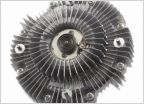 Asking for fan clutch reviews
Asking for fan clutch reviews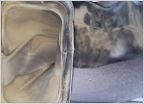 AC duct cleaner/deodorant
AC duct cleaner/deodorant Need advice on broken door handles
Need advice on broken door handles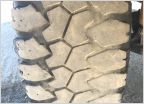 Need Part # for alignment cam bolt
Need Part # for alignment cam bolt






















































